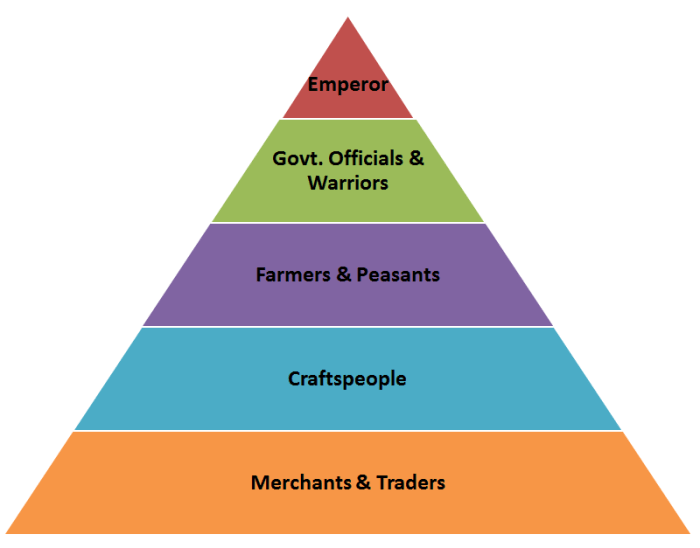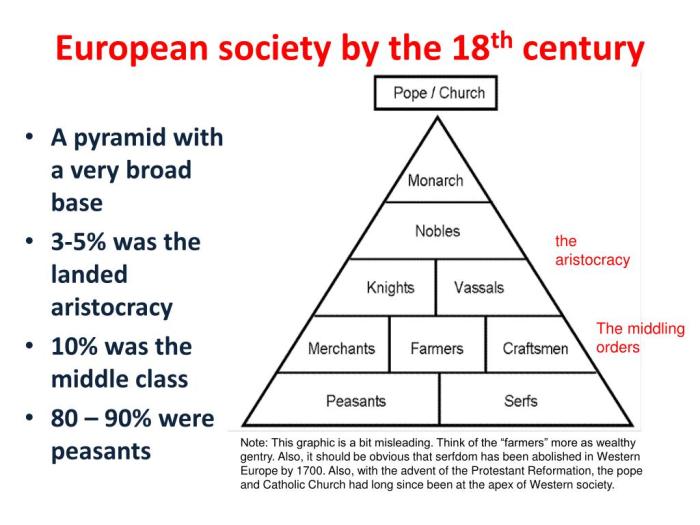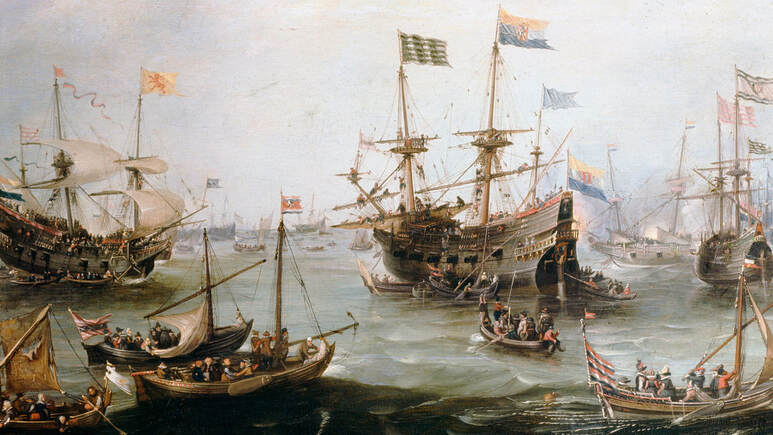European social structure 1450 to 1750 – The European social structure between 1450 and 1750 was a complex tapestry of hierarchy, power, and change. From the rigid social pyramid to the rise of new social groups, this period witnessed a dynamic transformation that shaped the foundations of modern European society.
This era was characterized by a rigid social hierarchy, with nobility and clergy occupying the apex, followed by merchants, artisans, and peasants at the base. The nobility, with its vast landholdings and political influence, held significant power, while the Church played a central role in shaping social norms and values.
European Social Structure 1450 to 1750

The social structure of Europe underwent significant transformations during the period from 1450 to 1750. This period witnessed the rise of new social classes, the decline of others, and the emergence of new social norms and values. This article will explore the key features of European social structure during this period, examining the roles and influence of different social groups and the factors that shaped social relationships and mobility.
Social Hierarchy

During the period from 1450 to 1750, European society was characterized by a rigid social hierarchy. The social order was based on a combination of factors, including birth, wealth, and occupation. The upper classes consisted of the nobility and aristocracy, who held the most power and privilege.
The middle classes included merchants, artisans, and professionals, while the lower classes consisted of peasants, laborers, and servants.
Factors Determining Social Status
An individual’s social status was determined by a number of factors, including:
- Birth:The most important factor in determining social status was birth. The nobility and aristocracy were born into their positions, and they enjoyed a number of privileges that were not available to other social classes.
- Wealth:Wealth was another important factor in determining social status. The wealthy could purchase land, titles, and other privileges that would elevate their social standing.
- Occupation:Occupation also played a role in determining social status. The professions that were considered to be the most prestigious, such as law and medicine, were typically reserved for the upper classes.
Nobility and Aristocracy

The nobility and aristocracy were the most powerful and privileged social classes in Europe during the period from 1450 to 1750. The nobility consisted of those who held titles of nobility, such as dukes, earls, and barons. The aristocracy consisted of the highest-ranking members of the nobility, such as princes and kings.
Types of Nobility
There were different types of nobility, including:
- Feudal nobility:The feudal nobility held land in exchange for military service to their lord. They were the most powerful type of nobility, and they played a key role in the political and military affairs of Europe.
- Court nobility:The court nobility consisted of those who served in the royal court. They were typically less powerful than the feudal nobility, but they enjoyed a number of privileges and benefits.
- Merchant nobility:The merchant nobility consisted of those who had made their fortunes in trade. They were not as powerful as the feudal or court nobility, but they were often able to purchase land and titles that would elevate their social standing.
Economic and Political Power, European social structure 1450 to 1750
The nobility and aristocracy held a great deal of economic and political power. They owned the majority of the land, and they controlled the government and the military. They also had the right to levy taxes and to administer justice.
FAQ Explained
What were the main social classes in Europe during this period?
The main social classes were nobility, clergy, merchants, artisans, and peasants.
How did the Church influence social structure?
The Church played a central role in shaping social norms and values, providing spiritual guidance and legitimizing the social hierarchy.
What were the challenges to traditional authority during this period?
Challenges to traditional authority came from the rise of towns and cities, the emergence of new social groups, and the spread of new ideas through the printing press.